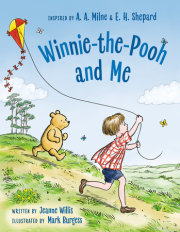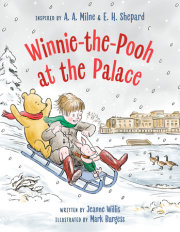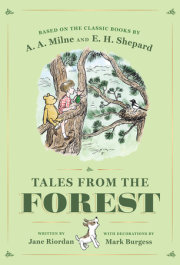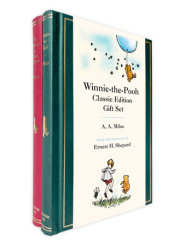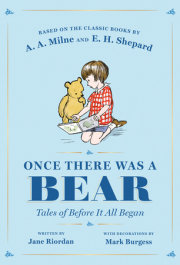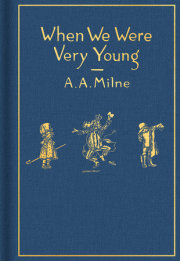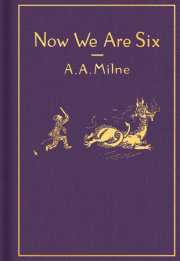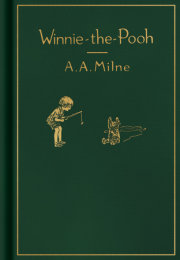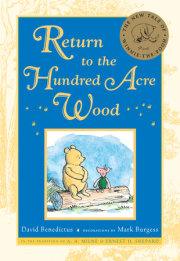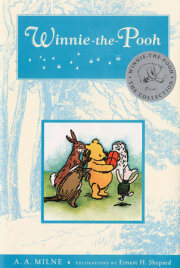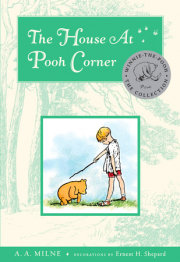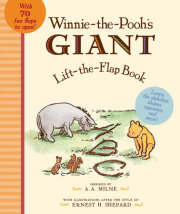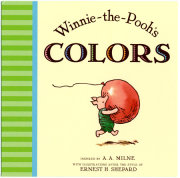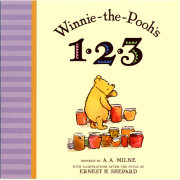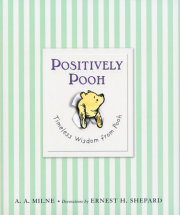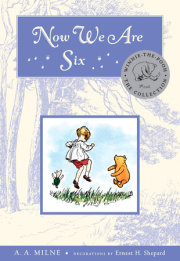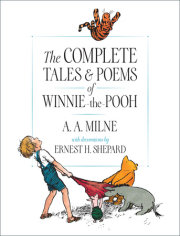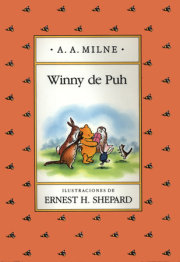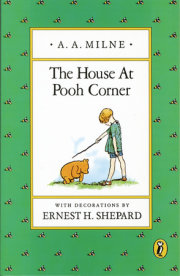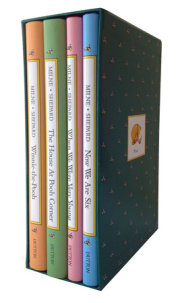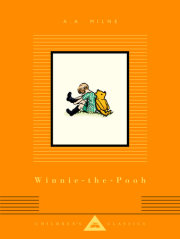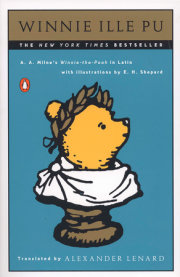Ernest H. Shepard was born in 1879 in London. His father was an architect and his mother, who died when he was ten years old, was the daughter of a notable watercolorist. It was she who first encouraged young Ernest to paint and draw. Art became Ernest's passion, and after attending Heatherley's Art School and the Royal Academy Schools, Shepard supported himself by drawing for the illustrated papers and by illustrating books.
In 1903, Shepard married Florence Chaplin. Florence was a mural painter and fellow student at the Academy. The Shepards had two children: Graham, who was killed in World War II, and Mary, who later illustrated P. L. Travers’s Mary Poppins books.
During World War I, Shepard served in France, Belgium, and Italy, attaining the rank of major. On his return to England, he continued with his art. He became a regular contributor to
Punch, the classic British humor magazine, where he met A. A. Milne, a man who was to be instrumental to his career. Shepard was elected to the editorial board of
Punch, and shortly thereafter, he agreed to do the illustrations for Milne's first book of verse,
When We Were Very Young.
The illustrations that Shepard created for all four of the Pooh books received worldwide acclaim. For the next 30 years, he continued to illustrate books for both adults and children. In 1973, for the first time, he added color to his drawings for Winnie-the-Pooh. Shepard ultimately donated several hundred drawings to the Victoria and Albert Museum in London.
Ernest H. Shepard continued to pursue his love of drawing until his death in 1976.
View titles by Ernest H. Shepard






